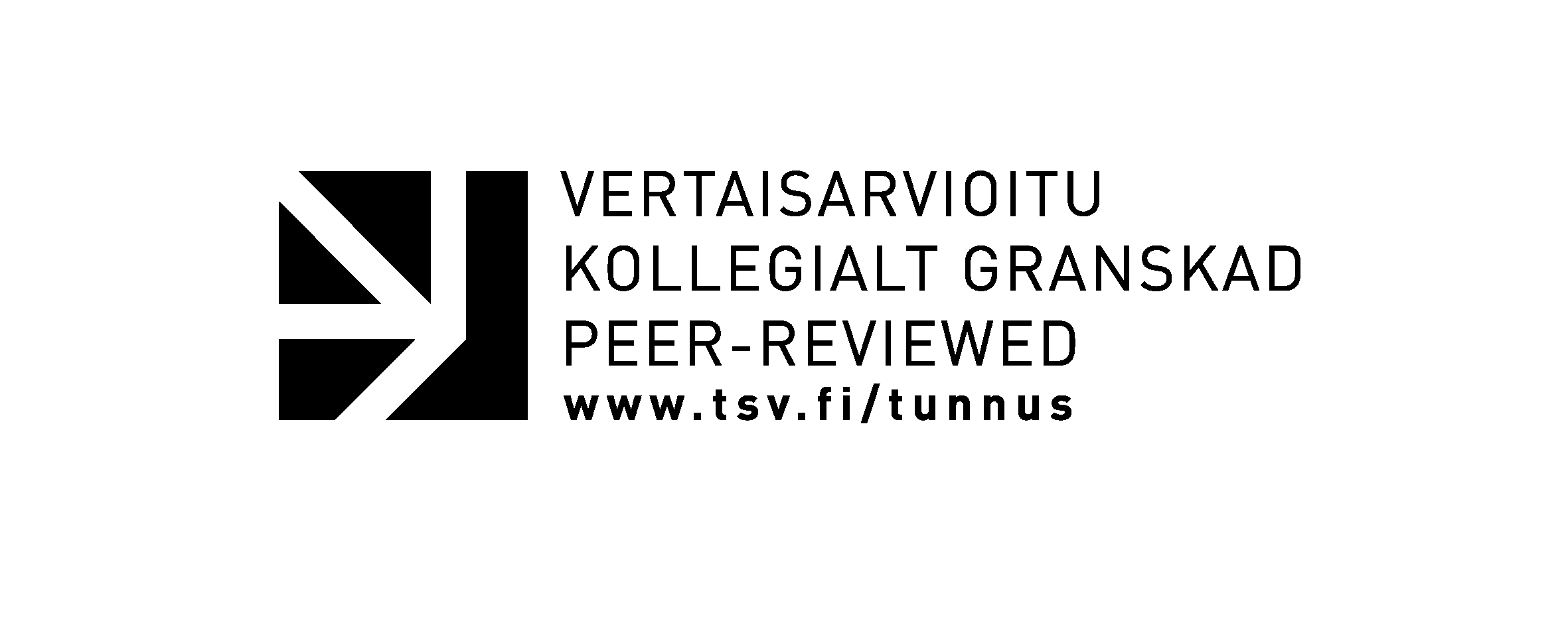Migration and the Experience of Integrating One's Self
Keywords:
migration, integration, Ingrians, identities, belongingAbstract
Issues related to migration are often discussed as collectively concerning ethnical or national groups, and, in that context, individuals are primarily seen as representing the group, though individuals may have identities based on other factors than their ethnicity. Integration, accordingly, is understood mainly as an encounter between the receiving majority group and the migrating minority group so that, through an integration process, a migrant becomes part of the society around him or her (Martikainen, Sintonen & Pitkänen 2006, 20-23; Clarke 2004, 631 632). This kind of group oriented approach tends to leave aside varying experiences and integration strategies of individuals. Marla Bivand Erland (2013) sees integration as a multi-layered phenomenon consisting of the integration programs instituted by states, as well as the empirical patterns of migrant adaptation, and the lived experiences of migrants themselves. On a state level, integration is being promoted through administrative procedures, but integration as an individual experience is being implemented and put in practice in social networks and personal relations between people and places, and it is very much an emotional process. Migrants experience integration and settling down in a new country and a place of residence in different ways, but there are, of course, many similarities in their experiences.







